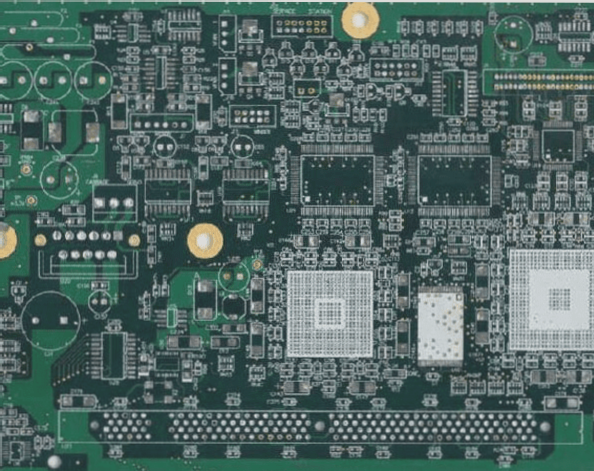Comparing PCB Assembly Methods: When to Use Through-Hole vs. Surface Mount Components
Compares through-hole and surface mount assembly methods, highlighting their advantages, limitations, and best-use scenarios to help designers choose the optimal technique based on factors like component density, production volume, and repair needs.
Comparing PCB Assembly Methods: When to Use Through-Hole vs. Surface Mount Components Read More »



